Agronomic Insights
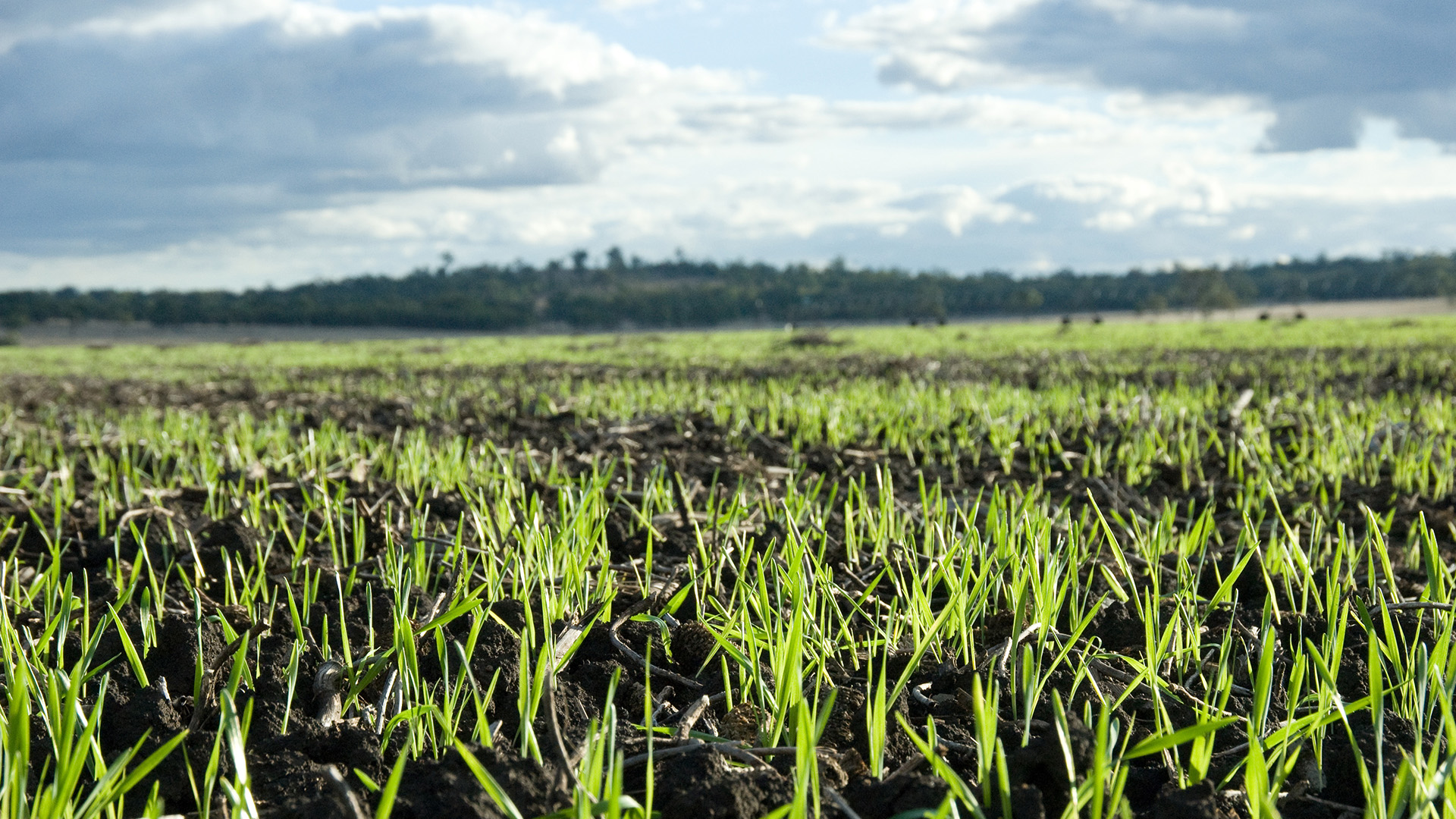
In most areas of the southern region, 2022 is shaping up to be another good winter crop season. Soil moisture profiles are full, (saturated in some areas!) and the rainfall outlook appears to be positive. However, after two big nutrient removal seasons soil-nitrogen levels are low. A tailored nitrogen strategy will be needed to optimise grain yield and returns.
Jim Laycock IPF Senior Technical Agronomist
This year, growers and agronomists will need to ensure cereals and canola have an adequate supply of nitrogen (N). This means managing nitrogen application rates with application timings and placement methods to maximise nitrogen use efficiency.
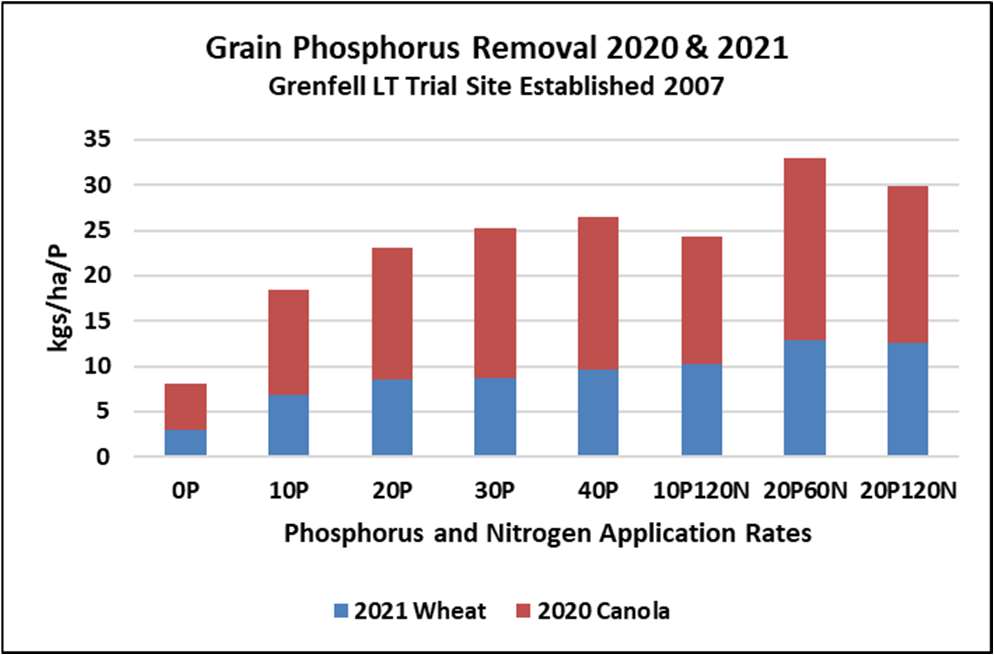

Nitrogen prices are high but fortunately potential grain prices are high as well. This combination means fertiliser is still a good investment. A similar quantity of grain is required to cover the investment in nitrogen and phosphorus when compared to seasons with a combination of low fertiliser and grain prices.
Nitrogen is essential for dry matter production, shoot density and potential yield in cereals. When crops begin to mature, nitrogen within the plant is redirected to developing grains. Carbohydrates are then deposited within the grain, and it is the level of carbohydrates that determine grain size and yield. This dilution of nitrogen in grain also determines final grain protein levels.
In short dry springs, crop yields are reduced because they are unable to fill each grain, and the percentage of grain protein is much higher and often grain size is smaller. Longer soft finishes to the growing season, result in crops filling grain to their full capacity. With this scenario where adequate nitrogen is not available to maintain a higher yield and protein the dilution of nitrogen levels in the grain may result in low grain protein levels.
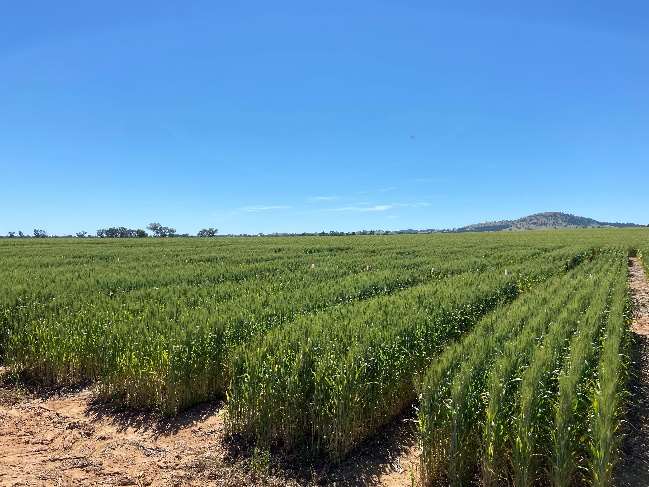

The idea of using grain protein concentration to assess the likelihood of N responsiveness wheat in cropping systems in South Australia was described 50 years ago (Russell, 1963). The work suggested yield responses were most likely when grain protein concentration was <11.4% (McDonald & Hooper, 2013). This is supported in trial results from the IPF Long Term Trail at Glenelg in Central NSW (Figure 3), where yield response to nitrogen plateaus in the 11-12% protein range and protein % continues to increase with additional nitrogen.
In winter cereals it can be a juggling act to manage additional nitrogen inputs between pre-plant and booting and, in irrigated and high rainfall systems, though to flowering in order to achieve the targeted yield, grain size and protein results.
Throughout this process it is critical that nitrogen is identified as the only limitation. As Table 1 shows there are many other things that will affect crop yield and protein potential.
| Climate Factors | Soil Factors | Crop Factors |
|---|---|---|
| Rainfall quantity | Organic matter | Crop species |
| Rainfall distribution | Texture | Texture |
| Air temperature | Structure | Planting date |
| Relative Humidity | Cation Exchange Capacity | Seed rate and row spacing |
| Light quantity | Slope and topography | Seed quality |
| Light intensity | Soil temperature | Evapotranspiration |
| Light duration | Tillage | Water availability |
| Altitude/latitude | Drainage | Nutrition |
| Wind velocity | Soil depth | Insects |
| Wind distribution | Water holding capacity | Weeds |
| CO2 concentration | Disease |
Adapted from “Soil Fertility and Fertilizer Management” Havlin, Beaton, Tisdale and Nelson 6th edition.
Nitrogen Budgeting
The first step in planning nitrogen applications is a simple budgeting process to assess nitrogen demand – the nitrogen required to grow a target yield and protein. Once you know the N demand, you can determine the amount of fertiliser/nitrogen required.
Estimating existing nitrogen supply
There are several tools available to advisers to help determine the existing nitrogen supply, such as reviewing paddock fertiliser and crop histories, deep soil nitrogen test, in-crop NDVI, shoot density. The best decisions are made using credible information collected from a range of sources.
Paddock history
Information such as previous crop yield, previous grain protein levels, crop rotation, fallow weed control, soil moisture levels, seasonal conditions and expectations can all help guide topdressing decisions.
For example, where paddocks produced wheat crops in 2021 with less than 10.5 to 11%, it suggests nitrogen supply was limiting. There may be higher soil nitrogen levels in 2022 in those paddocks in the rotation coming off a legume pasture or pulse crop phase in 2021.
Relying solely on paddock history information can be misleading at times, as no direct measurements are taken. The guiding ‘4R’ principles of the right source, rate, time, and place of fertiliser requires knowledge of both crop demand and soil N supply. Seasonal conditions remain the primary driver of crop demand for N in dryland cropping systems and to a significant extent also fertiliser use efficiency.
Deep soil nitrogen tests
Pre-plant deep soil nitrogen test results are an excellent resource for nitrogen management. One of the disadvantages in low soil nitrogen paddocks if additional nitrogen has not been applied at seeding is there may be a requirement for early topdressed nitrogen at mid-tillering to establish the desired target shoot density by GS30.
Monitor the paddocks that you know (either by deep N soil test results or paddock history) to have low soil nitrogen levels. Don’t always wait until GS30 to assess crop performance, early nitrogen may be required to achieve the desired target shot density by GS30. The application of 15 to 30 kg N/ha may be required to stimulate additional tillers. Easy N® through streamers or dribble bars is ideally suited to this scenario with accurate placement, timely application and potentially less volatilisation losses than urea on alkaline soils.
Sampling in-crop can also play a role where deep N test weren’t taken pre-plant. When sampling post planting, be careful to avoid any banded pre-plant nitrogen or starter nitrogen fertilisers.
In-crop deep nitrogen test results should be used in conjunction with the percentage of total nitrogen in above ground dry matter, especially where dry matter is above 1000 kg/ha, to calculate the total available nitrogen.
Timing Considerations
Nitrogen applications before GS30 can increase tiller numbers and dry matter, leading to yield increases. The greatest demand for N is when the leaf area is expanding rapidly, and the crop is growing most rapidly.
Nitrogen applications between GS31 – GS37 correspond to the period of stem elongation and at this time peak growth rates can be of the order of 200 kg/ha/day and crops can be accumulating N at 2-3 kg N/ha/day (McDonald, 2013). Some carry-over of nitrogen into grain protein may occur.
When nitrogen is applied after GS59, it is generally to manipulate grain protein and maintain yields in above average seasons. Nitrogen use efficiency is reduced at these later stages of application. Conditions and likely returns need to be assessed carefully.

Remember that it is only when the yield potential has been reached that additional nitrogen can contribute to higher grain protein levels.
Maximising Nitrogen Use Efficiency
To maximise nitrogen use efficiency, apply N when the crop will respond:
· prior to periods of rapid growth
· when the soil moisture profile is full and the season outlook is favourable.
· to paddocks free from soil limitations such as compaction, sodicity, acidity, salinity.
· where root diseases (such as crown rot, rhizoctonia and take all) are non-limiting.
· when leaf disease (such as strip rust, yellow leaf spot, Septoria) are non-limiting
· where weeds and insects are controlled
· where losses of nitrogen through volatilisation may occur, consider Green Urea NV®
Nitrogen Losses When Topdressing
When broadcast on the soil surface both liquid or dry urea or urea containing products or blends can be susceptible to ammonia (NH3) loss. The ratio of ammonia to ammonium determines the potential for ammonia loss. The higher the initial soil pH and the pH in the reaction zone, the greater the potential for volatilisation of the ammonia. Losses from alkaline soils in south-east Australia have been measured as high as 23% of total N lost through volatilisation over a period of 20 days on an alkaline clay applied in the first week of September (Turner et al, 2012).
Factors favouring NH3 volatilisation losses from top dressed urea are:
- light rain post application, enough to dissolve the urea granule but not enough to wash the dissolved granule into the soil
- crop residue on the soil surface
- temperatures above 18°C
- alkaline soils
- wind
- low soil cation exchange capacity
- application to a moist soil that dries after application
The safest applications are those made to dry clay soils, in low humidity conditions with no wind and sufficient rainfall to move the urea into the soil within a few days of the application.
The cost of N losses on highly N responsive situations will be more than just the value of N. If grain yield is compromised, which is highly possible on low N soils, the outcome will be worse. Where starting soil-N is low, the yield response from applied N fertiliser could be as much as 20 kg grain per kg N. If 9 kg/ha N is lost from an application of 100 kg/ha N, the resulting yield reduction maybe 180 kg/ha or $90/ha. Combine this with the value of the lost N ($33/ha), the reduction in income maybe $123/ha. This makes an investment in products that can reduce volatilisation an excellent return on investment. Note: assuming urea @ $1700 per tonne, wheat @ $500 per tonne.
Green Urea NV is a urea-based product that is treated with N-(n-Butyl)-thiophosphoric triamide (NBPT). When NBPT is added to urea it inhibits the activity of the urease enzyme for a period of up to 14 days. During that period the losses of N as NH3 from the surface applied urea are significantly reduced and N is still present for the next rainfall event.
| Treatment | Yield t/ha | Protein % | N fertiliser recovery in grain % |
|---|---|---|---|
| Control | 3.01 | 10.4 | |
| Urea topdressed | 3.26 | 11.6 | 25.9 |
| Green Urea NV | 3.40 | 11.9 | 32.1 |
| l.s.d | 0.090 | 0.21 | |
| c.v. | 7.7% | 5.0% |
Green Urea NV gave a statistically significant yield response compared with the control and urea.
Green Urea NV also gave a significant protein increase compared with the control and urea. Wheat productivity and nitrogen use efficiency was measured at another three sites in the Wimmera region of Victoria, Australia between 2012 and 2014. At those sites NBPT (the urease inhibitor in Green Urea NV increased yield (+ 7–11%) in 2 of 3 years compared to unamended urea (Wallace et al, 2019).
Incitec Pivot Fertilisers trial work in the Mallee in 2014 also demonstrated the effectiveness of Green Urea NV over urea with an early September top-dress and 17 days before a welcome rainfall event of 35mm. The Green Urea NV treatment returned a significant grain yield response over urea (0.41t/ha), protein response (0.7%) and improved nitrogen use efficiency from 33.7% for urea to 60.5% for Green Urea NV.
In another field study the N management strategy significantly affected losses of fertiliser N depending on seasonal conditions, with urease inhibitors (NBPT) producing significant benefits in reducing losses of top-dressed urea under dry seasonal conditions (Armstrong et al, 2021).
When top dressing large acreages, top dressing can commence four to six days before a significant rainfall event with confidence that all the nitrogen is still available for incorporation into the soil profile when that rain front comes through.
All farming systems should aim to maximise nutrient use efficiency. When choosing the most appropriate product to apply consideration should be given to the rate of application, the frequency of application, the timing of the application, the economic objectives, and any environmental consequences.
References
Turner DA, Edis RE, Chen D, Freney JR, Denmead OT (2012) Ammonia volatilisation from nitrogen fertilizers applied to cereals in two cropping areas of southern Australia. Nutr Cycl Agroecosyst DOI 10.1007/s10705-012-9504-2.
Russell JS (1963). Nitrogen content of wheat grain as an indication of potential yield response to nitrogen fertilizer. Australian Journal of Experimental Agriculture and Animal Husbandry 3: 319-325
Glenn McDonald and Peter Hooper GRDC Update 2013 Nitrogen decision – Guidelines and rules of thumb
Ashley J. Wallace . Roger D. Armstrong . Peter R. Grace . Clemens Scheer .Debra L. Partington Nitrogen use efficiency of 15N urea applied to wheat based on fertiliser timing and use of inhibitors. Nutr Cycl Agroecosyst (2020) 116:41–56
Roger Armstrong, Ash Wallace and Katherine Dunsford, GRDC Update 2021, Nitrogen fertiliser use efficiency ‘rules of thumb’ – how reliable are they?
Further Information
For more information or advice about staying on track with topdressing this season, feel free to contact me on 0427 006 047 or jim.laycock@incitecpivot.com.au
You can also contact:
Clint Sheather – clint.sheather@incitecpivot.com.au
Lee Menhenett – lee.menhenett@incitecpivot.com.au
Resources
Download InsightDISCLAIMER This is a guide only, which we hope you find useful as a general tool. While IPF has taken all reasonable care in the preparation of this guide, it should not be relied on as a substitute for tailored professional advice and IPF accepts no liability in connection with this guide. IPF manufactures and sources fertilisers from other suppliers. The fertiliser supply chain extends beyond the company’s direct control, both overseas and within Australia. IPF hereby expressly disclaims liability to any person, property or thing in respect of any of the consequences of anything done or omitted to be done by any person in reliance, whether wholly or in part, upon the whole or any part of the contents of this article.
You might also be interested in these

Summer Crop
Deep and meaningful: Deep soil testing can help take the guesswork out of your nutrient plan
July / 2023
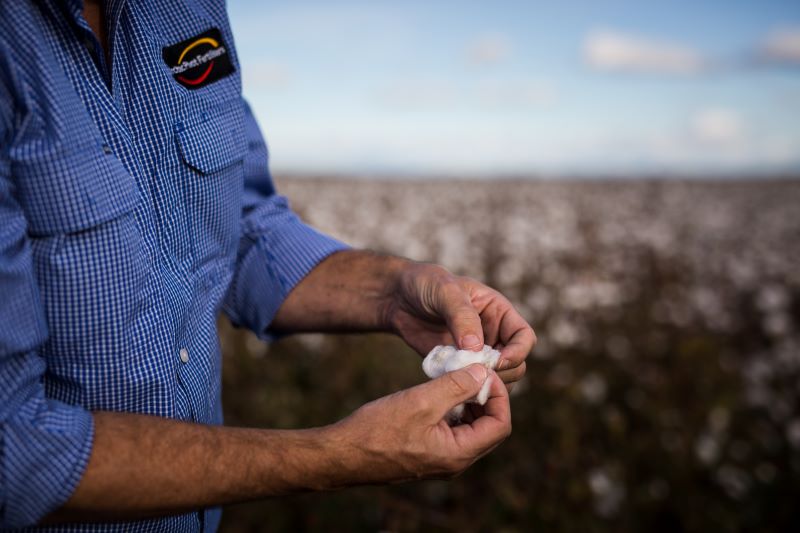
Summer Crop
Efficient nutrition strategies for high yielding cotton
May / 2023
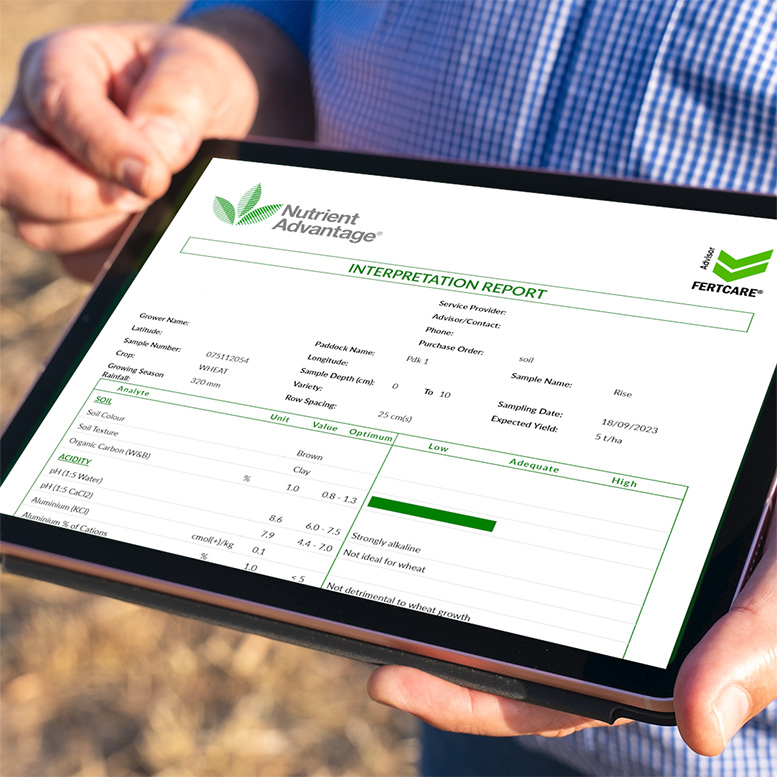
Horticulture, Pasture, Sugar, Summer Crop
Take the next step with leading Agronomy in Practice course
February / 2024
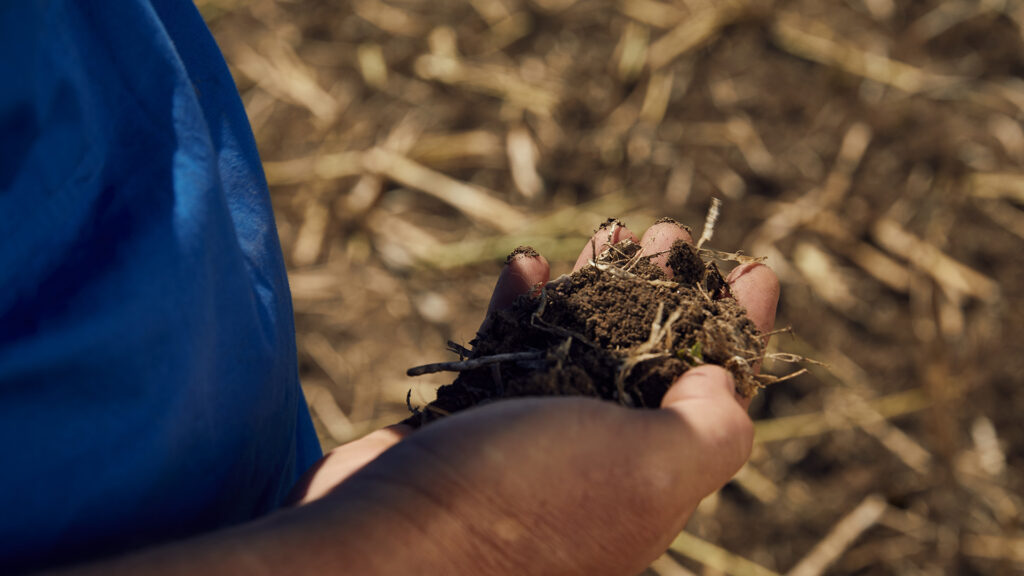
Horticulture, Pasture, Summer Crop
At risk of nitrogen volatilisation? Test your soil before choosing a fertiliser product when broadcasting
February / 2023

